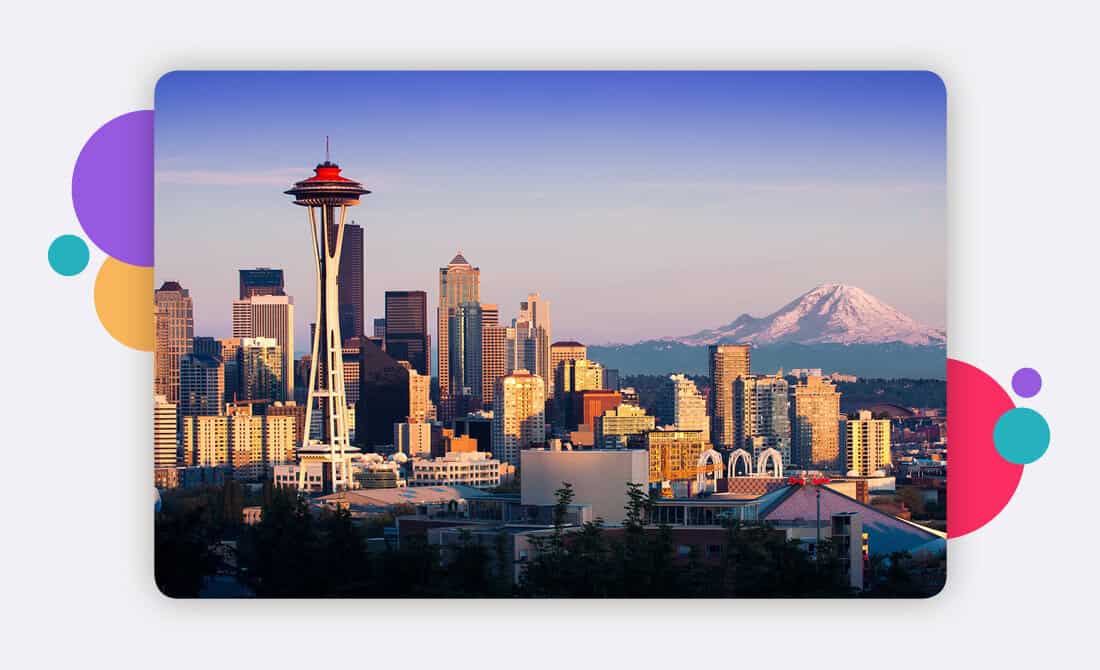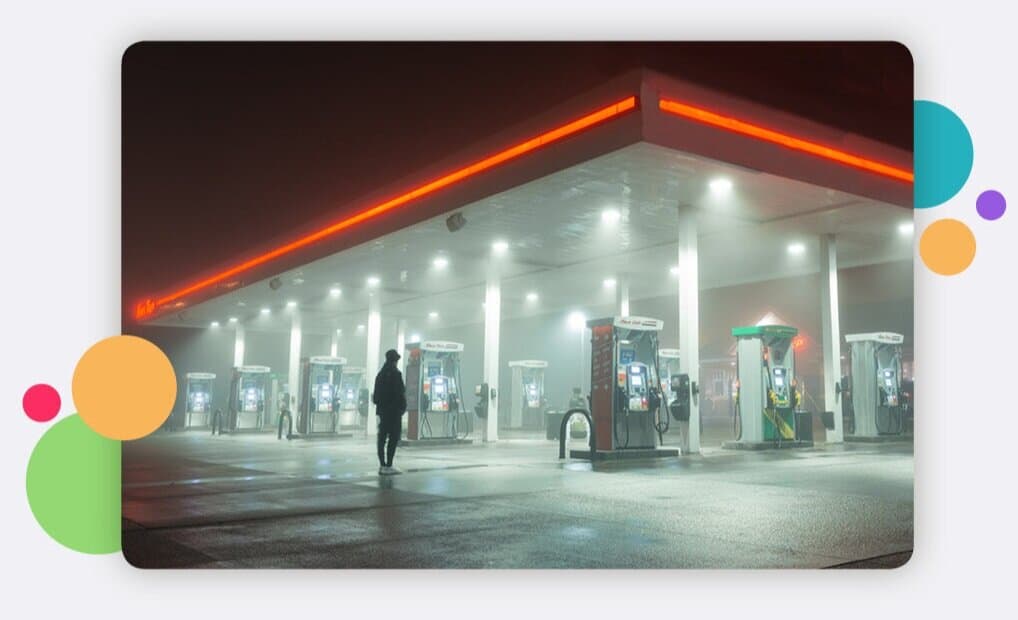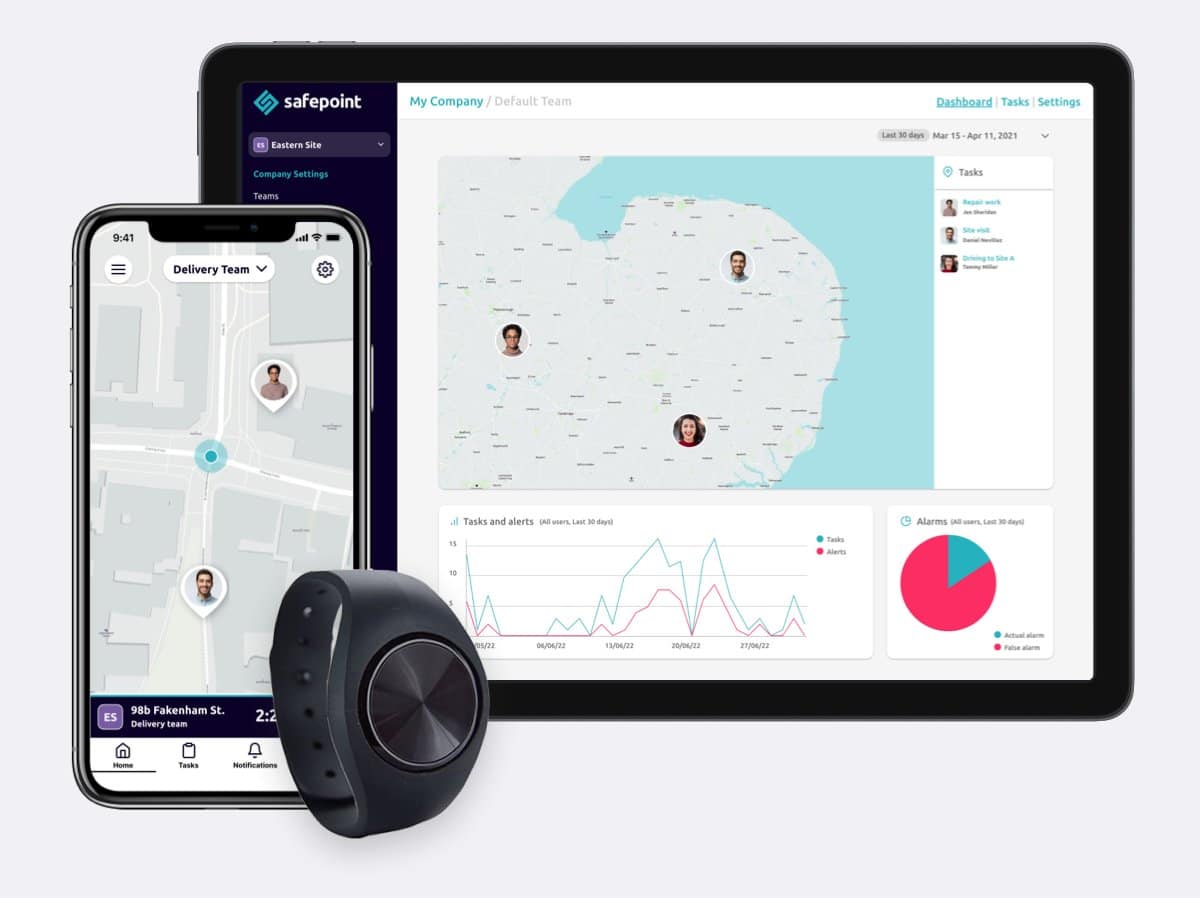Lone working in Washington
Laws, legislation and best practices on how to keep your employees safe when they’re working alone

In 2010, the Washington State Department of Labor & Industries released one of the country’s clearest statements on how employers should protect their lone workers. In ‘Working alone safely: controlling the risks of solitary work’ the organization explains that:
-
Lone workers can include those that work in fixed addresses, such as gas stations and kiosks, but also those that are on the move, such as truck drivers, real estate agents, and social workers.
-
If risk assessments show that a job can not safely be done alone, then it should be done as a team. Some work cannot be done alone, such as working in a confined space, or on jobs where two people are needed to safely use the equipment. Pregnancy or disability may also affect a worker’s suitability to work alone.
-
Organizations need to provide their lone workers with suitable training for their roles. Attention should be paid to training employees in the role they’re doing, how to do their job safely, how to recognize risk and ask for help, and (if relevant) how to deal with violence and confrontation.
-
While face-to-face supervision is (by the nature of lone working) not always possible, it is ‘still an employer’s duty’ to ensure their staffs’ health and safety at work. This may involve:
-
Periodic visits to the staff member
-
Regular contact between staff and supervisors via telephone or radio
-
Automatic warning or alarm devices –some, such as the Safepoint lone worker solution, can work as manual panic alarms, and automatically detect inactivity or if the worker has taken a fall.
-
Checking to ensure that a worker has safely returned to their home or base after their job is over.
-

Note that the Working Alone document specifically mentions ‘devices to keep in contact with lone workers, including automatic ‘lone worker protection devices’. To compare some of the options available, check out this helpful article.
-
Employers should have established procedures for dealing with illness, accident, and emergency. Employers should carry out a risk assessment in relation to emergency procedures, inform their staff on how to deal with emergencies, and prove suitable access to first aid.
-
Late-night retailers such as minimarts and gas stations must provide their staff with crime prevention training and meet certain standards to prevent violent crime. A full description of what late-night retailers must do can be found here.
-
Lone workers, and other workers at risk of in-work violence and aggression, should be given support in line with the state’s ‘violence prevention modules’. They can be found here and here. It should be noted that these resources, too, stress the importance of communication methods.
In 2020, Washington State also brought in lone working legislation aimed at hotel, motel, retail, or security guard workers, as well as property services contractors. This legislation requires employers within these industries to provide certain protections, including the use of panic alarms.

How Safepoint’s lone worker tools can help keep your team safe
Safepoint is an award-winning lone worker solution. With Safepoint, workers are provided with an app and a wearable panic alarm. If the worker taps the panic button on either device or if they take a fall or are unresponsive, an emergency alarm is automatically sent out, alongside their live GPS location.
This alarm is sent to the worker’s supervisors, meaning that the worker has the fastest possible response and the employer meets their safety and health responsibilities.
What’s more, organizations can take advantage of Safepoint’s 24/7 emergency GuardianPlus Alarm Receiving Centre. With GuardianPlus, employers don’t have to worry about missing an emergency alarm.
If one of your team sends out an alarm, whether manually or automatically, our trained and accredited professional team will respond immediately: first by checking in on the worker, then by trying to contact the worker’s supervisors, and then, if necessary, contacting the emergency services.
24/7 protection for lone workers
Award-winning safety management tools and a fully accredited response team.
Try it free today. No credit card required.
